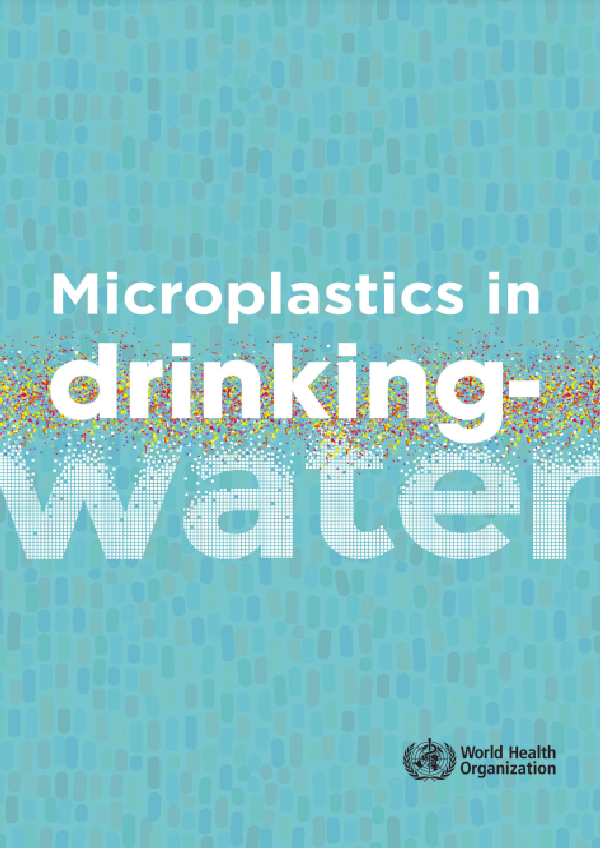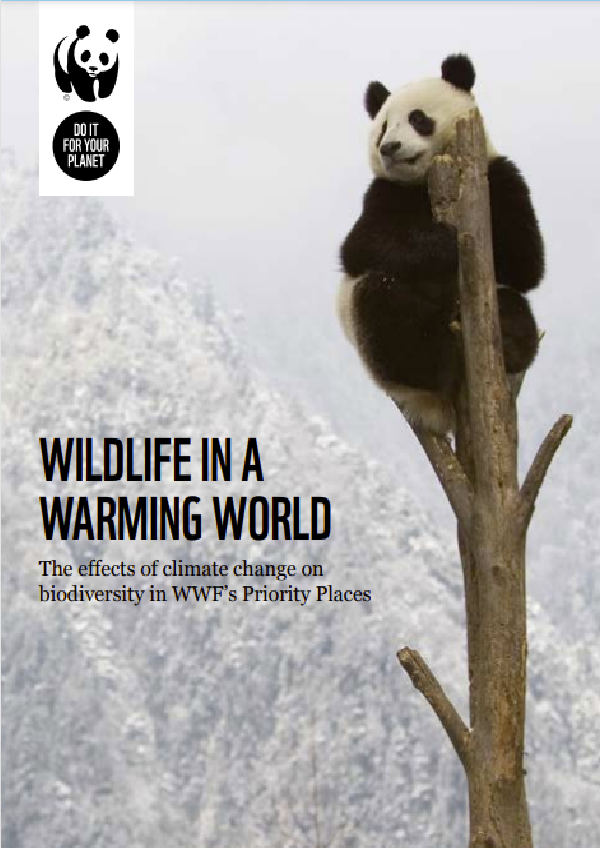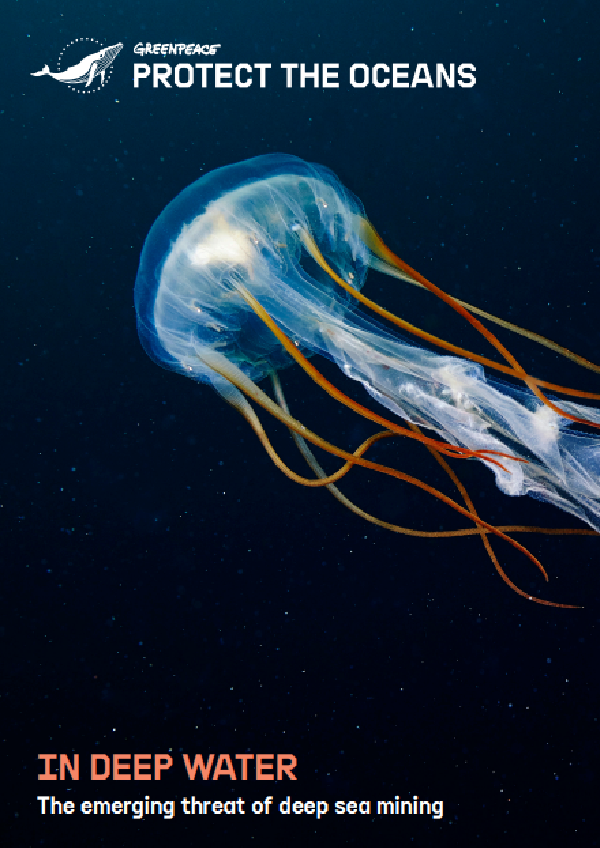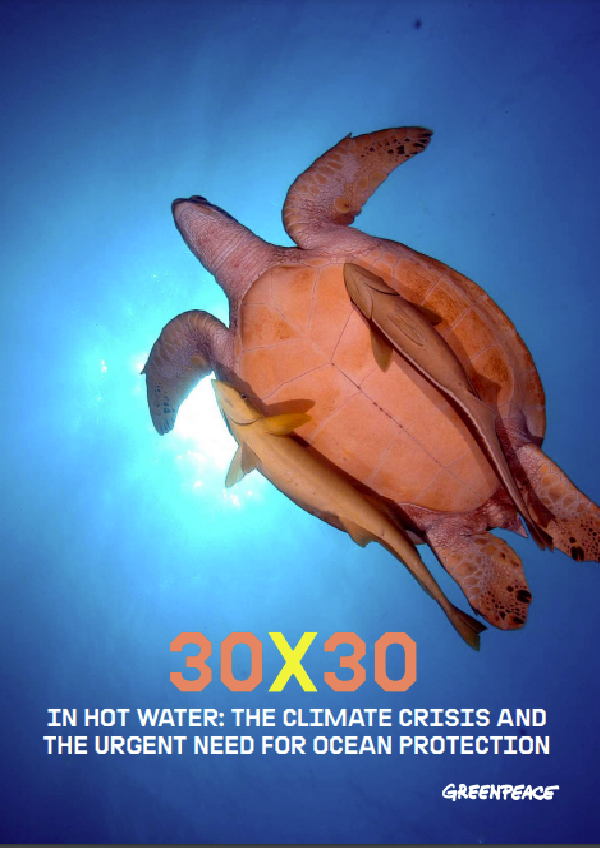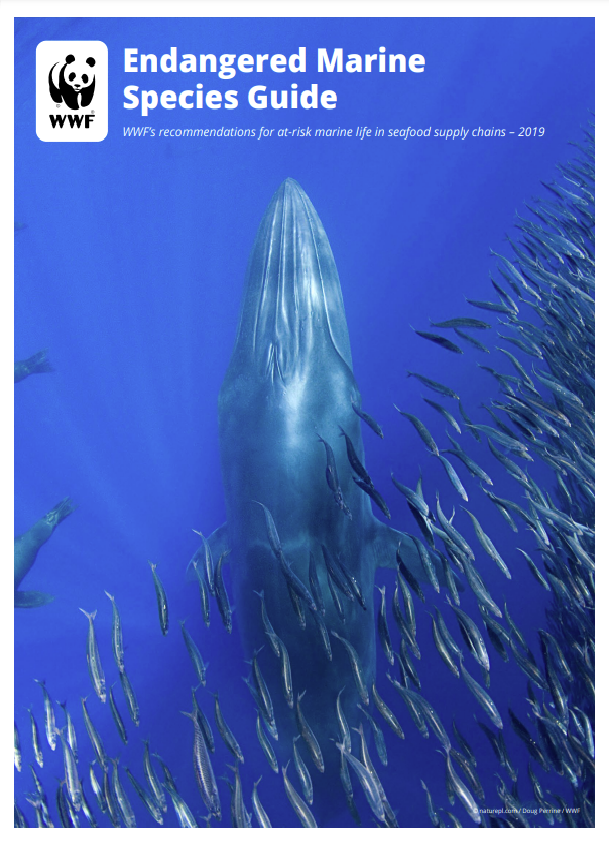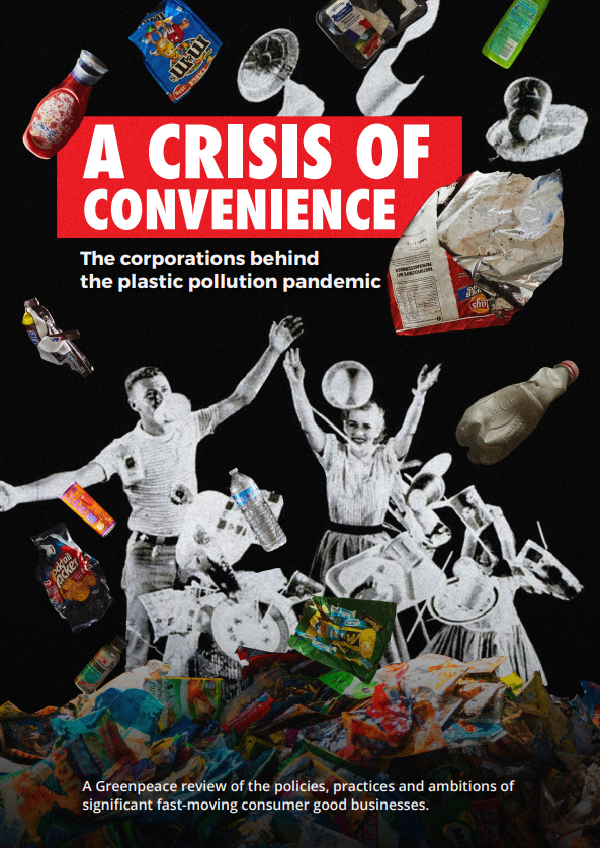Studies reporting the presence of microplastics in treated tap and bottled water have raised questions and concerns about the impact that microplastics in drinking water might have on human health.
This report critically examines the evidence related to the occurrence of microplastics in the water cycle (including both tap and bottled drinking water and its sources), the potential health impacts from microplastic exposure, and the removal of microplastics during wastewater and drinking-water treatment.
Recommendations are made with respect to monitoring and management of microplastics and plastics in the environment, and to better assess human health risks and inform appropriate management actions, a number of key knowledge gaps are identified.
Background
Over the past few years, several studies have reported the presence of microplastics in treated tap and bottled water, raising questions and concerns about the impact that microplastics in drinking water might have on human health. This report, which contains a summary of the evidence, key findings, recommendations, and research needs, is the World Health Organization’s (WHO) first effort to examine the potential human health risks associated with exposure to microplastics in the environment. The focus of this report is on the potential human health impacts of exposure to microplastics through drinking water. However, brief information on other routes of human exposure is included for context.
This report was informed by literature reviews undertaken on the occurrence of microplastics in the water cycle, the potential health impacts from microplastic exposure, and the removal of microplastics during wastewater and drinking-water treatment. Throughout the report, WHO experts examined the quality and relevance of the studies they found. The report was also informed by reviews conducted by several major entities; these are referenced throughout the report.
As a category, microplastics encompass a wide range of materials with different chemical compositions, shapes, colors, sizes, and densities. There is no scientifically-agreed definition of microplastics, although most definitions focus on composition and size.
Occurrence of microplastics in water
Microplastics are ubiquitous in the environment and have been detected in marine water, wastewater, fresh water, food, air and drinking-water, both bottled and tap water.
Microplastics enter freshwater environments in a number of ways: primarily from surface run-off and wastewater effluent (both treated and untreated), but also from combined sewer overflows, industrial effluent, degraded plastic waste and atmospheric deposition. However, there are limited data to quantify the contribution of each the different inputs and their upstream sources. Further, the limited evidence indicates that some microplastics found in drinking-water may come from treatment and distribution systems for tap water and/or bottling of bottled water.
A recent systematic review of the literature identified 50 studies detecting microplastics in fresh water, drinking-water or wastewater (Koelmans et al., 2019). The lack of standard methods for sampling and analysing microplastics in the environment means that comparisons across studies are difficult. In addition, few studies were considered fully reliable. Nevertheless, some initial conclusions can be drawn.
In fresh water, the frequency of microplastic particles by polymer type was consistent with plastic production volumes and plastic densities. A wide range of shapes and sizes were found. Only nine studies analysed microplastics in drinking-water, and fragments and fibres were the predominant shapes reported. The polymers most frequently detected were polyethylene terephthalate and polypropylene.
For both freshwater and drinking-water studies, the smallest particles detected were often determined by the size of the mesh used in sampling, which varied significantly across studies. Particle counts ranged from around 0 to 103 particles/L in fresh water. In drinking-water, where smaller mesh sizes are typically applied, concentrations in individual samples ranged from 0 to 104 particles/L and mean values ranged from 10-3 to 103 particles/L. The smallest particle size detected was 1 µm, but this result is constrained by current methods. In most cases, freshwater studies targeted larger particles, using mesh sizes that were an order of magnitude larger than those used in drinking-water studies. Thus, direct comparisons between data from freshwater and drinking-water studies cannot be made.
